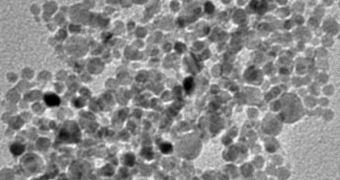A research team that was already involved in developing one of the most groundbreaking medical devices in history is now working on improving its original design, which was made available in the 1980s. The scientists, based at the University of Buffalo (UB), created lithium/silver vanadium oxide batteries to power implantable cardiac defibrillators (ICD), 300,000 of which are implanted in patients each year. Now, the group has focused its attention on creating a new type of material for improving the current battery life from five to seven years.
Esther Takeuchi, PhD, the UB SUNY distinguished professor and Greatbatch professor of advanced power sources, helped develop the initial batteries in the 1980s. Since then, the devices she created have helped save countless lives, and the scientist was honored for this with one of four National Medals of Technology and Innovation. She received the award at a White House ceremony in 2009. At this point, together with husband and co-investigator Kenneth Takeuchi, PhD, the UB SUNY distinguished teaching professor of chemistry, and Research Assistant Professor of Chemistry Amy Marschilok, PhD, she is working on improving the design by fine-tuning bimetallic materials at the atomic level.
Thus far, results have looked very promising. The team will soon be able to produce materials that will be about 15,000 times more conductive upon initial battery use. This is made possible by the amazing technology the group has developed, which allows the power-storage systems to produce metallic, silver nanoparticles in-situ. This grants the batteries more power and a duration of life not thought possible before. This work is supported by grant money from the US National Institutes of Health (NIH).
“We may be heading toward a time when we can make batteries so tiny that they – and the devices they power – can simply be injected into the body. What's really exciting about this concept is that we are tuning the material at the atomic level. So the change in its conductivity and performance is inherent to the material. We didn't add supplements to achieve that, we did it by changing the active material directly,” she says. The team will be testing its new design over the following months in carefully controlled laboratory settings, in ovens that mimic the temperature of the human body (37 degrees Celsius) exactly.

 14 DAY TRIAL //
14 DAY TRIAL //